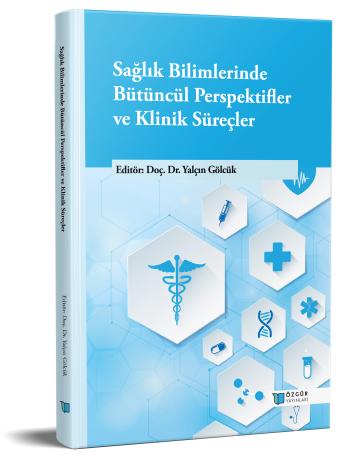
Initial Presentation to The Emergency Department: Diagnostic and Therapeutic Approaches to Anxiety Crises
Chapter from the book:
Gölcük,
Y.
(ed.)
2025.
Holistic Perspectives and Clinical Processes in Health Sciences.
Synopsis
Anxiety crises are common presentations in emergency departments (EDs), often manifesting through somatic symptoms that obscure their psychiatric origin. The acute perception of threat during a crisis frequently leads to complaints such as chest pain, palpitations, and shortness of breath, mimicking organic pathologies. This overlap can result in misdiagnosis and unnecessary diagnostic procedures or interventions. In vulnerable populations—such as women, children, adolescents, and the elderly—symptoms may be more pronounced or atypical, necessitating a biopsychosocial approach in clinical assessment rather than a purely biomedical one.
The primary step in ED evaluation is the exclusion of life-threatening organic conditions. Subsequently, a structured psychiatric assessment should guide differential diagnosis and the selection of appropriate interventions. Management strategies encompass non-pharmacological approaches—such as therapeutic communication, environmental adjustments, and breathing exercises—and, when necessary, pharmacological treatments including benzodiazepines or antipsychotics. Therapeutic decisions must be individualized based on age, comorbidities, and overall clinical status.
Improved awareness among emergency physicians regarding the recognition and management of anxiety crises enhances diagnostic accuracy, patient satisfaction, and clinical outcomes. Therefore, a comprehensive approach to anxiety presentations at the point of initial contact in the ED is essential for delivering effective and holistic care.

